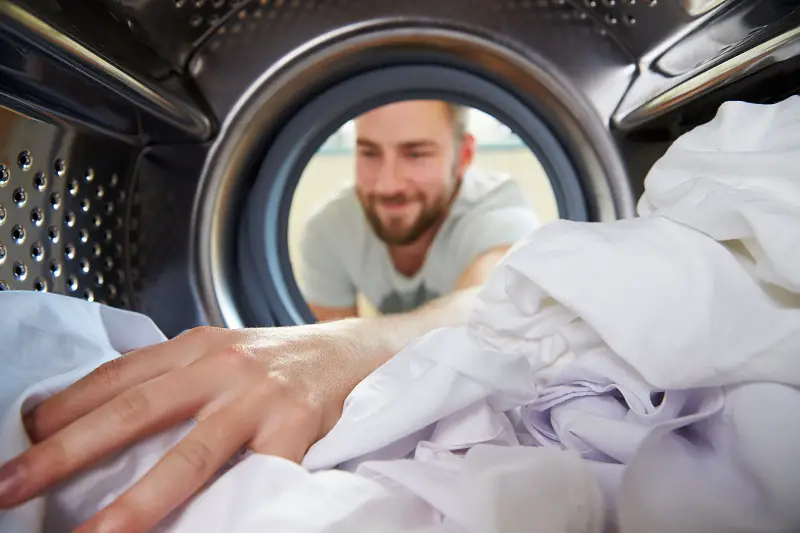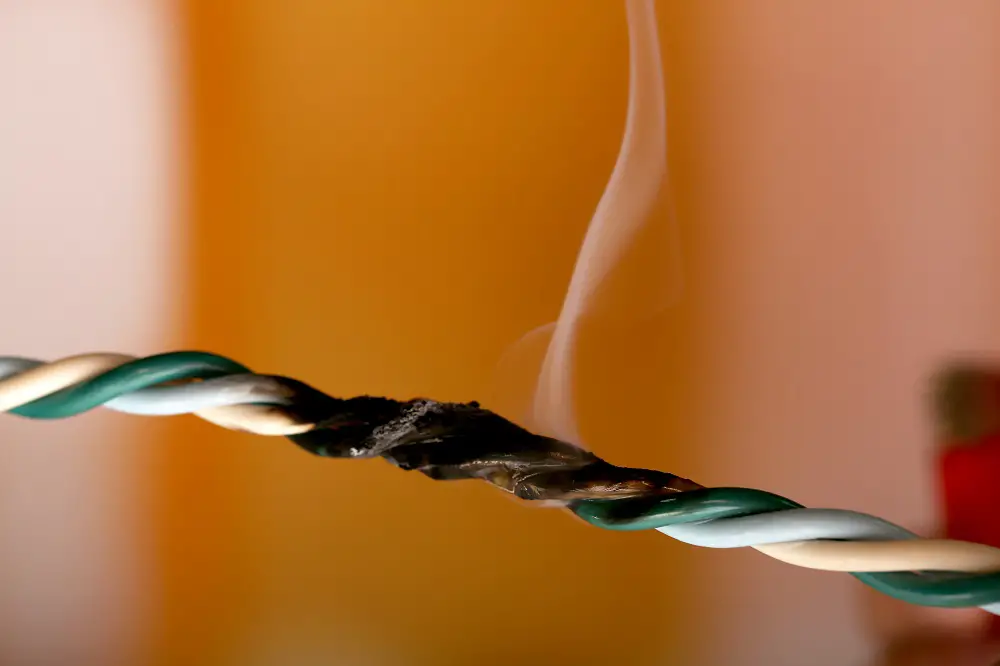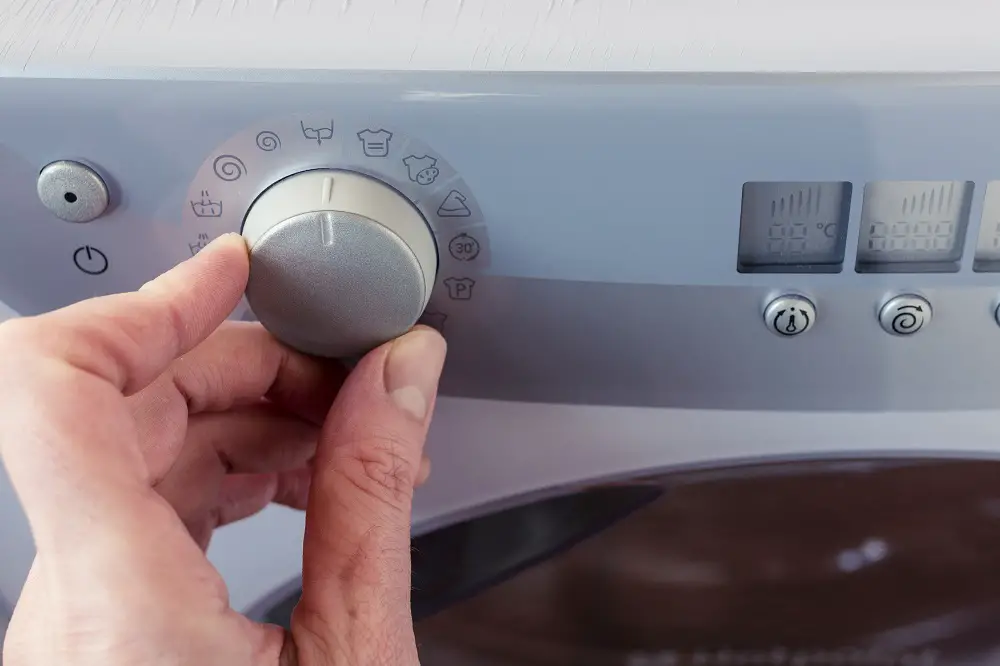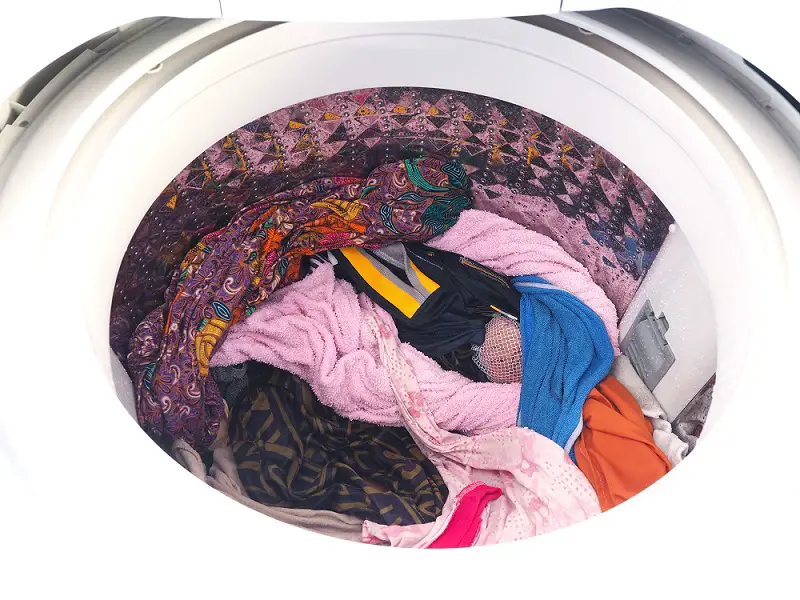How much electricity a portable electric dryer uses depends on the load size, load capacity, type of dryer, how wet the laundry is, dryer maintenance, and some other factors.
The average power consumption by a portable dryer is about 25.48 – 36.10 kilowatts per month. The typical consumption is 0.15 – 1.7 kilowatt hours of electricity per hour of dryer use. In comparison, regular clothes dryers use about 1.5 – 5 kilowatts-hour.
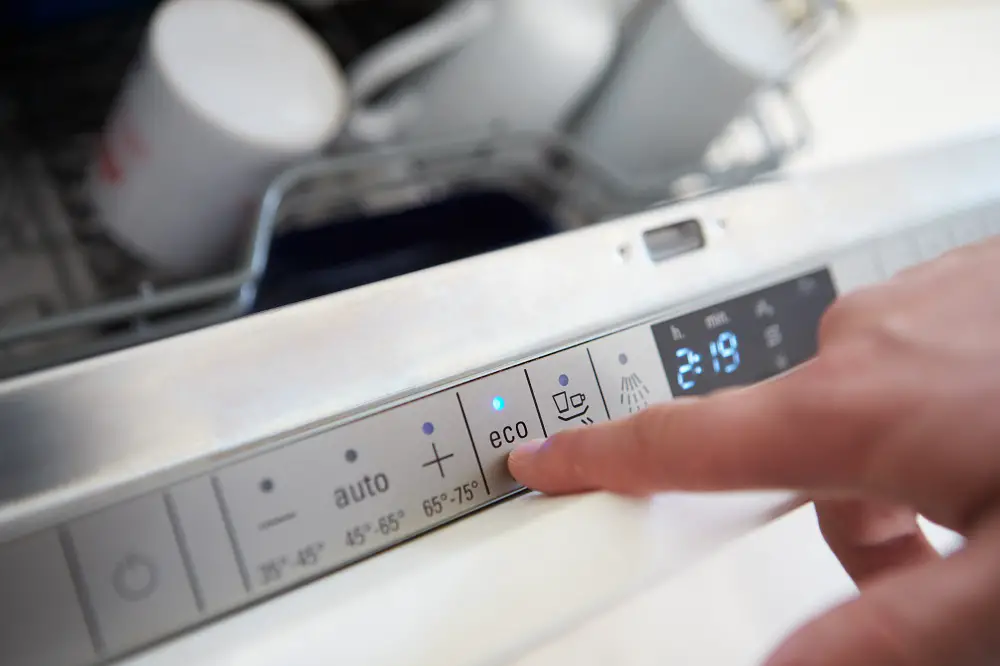
For easier reference, hair dryers use about 1.5 – 2 kWh of electricity; a portable dryer uses far less.
Table of Contents
Energy Consumption of Portable Dryers
Different types of portable dryers have different energy consumption.
| Type of dryer | Energy Consumption |
|---|---|
| Heat pump | 1.5 kWh |
| Condenser | 3 kWh |
| Gas dryer | 5.8 – 7.3 kWh |
| Heated airer | 0.25 kWh |
| Spin dryer | 0.40 kWh |
| Portable electric dryer | ~1.4 kWh |
| Regular electric dryer | 1.8 – 5 kWh |
Low Watts Dryer (320 W)
| Drying time | Energy per use |
|---|---|
| 3-minute drying cycle | 0.016 kWh |
High Watts Dryer (1300W)
| Drying time | Energy per use |
|---|---|
| 30 minutes | 0.65 kWh |
| 1 hour | 1.3 kWh |
| 2.5 hours | 3.25 kWh |
Foldable Dryer (1500W)
| Drying time | Energy per use |
|---|---|
| 30 minutes (minimum) for silks | 0.75 kWh |
| 60 minutes for shirts | 1.5 kWh |
| 90 minutes for towels | 2.25 kWh |
| 120 minutes for denim | 3 kWh |
| 240 minutes (maximum) for thick fabrics | 6 kWh |
The obvious factors that impact the energy consumption by dryers include:
- Running the dryer on high heat settings increases the number of watts the dryer uses.
- The longer the dryer runs, the more energy it consumes.
Why Do Portable Dryers Use A Lot of Energy?
While portable dryers use less energy than regular dryers, they usually take longer to dry laundry and may not be as energy efficient.
Like all other heat-producing appliances, most of a dryer’s energy goes into generating heat, either by electricity or natural gas.
The portable clothes dryer uses energy for the following operations:
- Powering the motor to turn the drum
- The heating element generates heat (uses the vast majority of watts)
- A dryer fan or blower circulates air for ventilation
- Digital displays and control panels (minimal use of electricity)
Heat pump dryers are more energy efficient than condenser dryers and vented dryers.
And while a gas dryer still uses electricity, it’s less than an electric tumble dryer.
How to Use Portable Dryers With Less Energy Costs?
Here are some tips to reduce how many watts your portable clothes dryer uses.
Repeat the Spin Cycle in the Washing Machine
If you have a washer and dryer, use the washing machine’s spin cycle to remove excess water before loading your laundry into the dryer.
How much energy your dryer uses depends on how wet your clothes are. The more wet your laundry is, the more the drying time and energy consumption.
Avoid Overloading the Dryer
Overloading a dryer is one of the main reasons for increased electricity usage. If you overload, it hinders the dryer’s performance and may eventually damage the machine.
Similarly, you must avoid underloading the dryer as you must avoid overloading too. When you underload, you use an entire drying cycle energy to dry just a few items.
Clean the Lint Screen and Dryer Duct
A fully loaded lint screen hinders air circulation and has your dryer working harder to dry the load. Clean the lint filter before or after every use.
Lint and debris also accumulate in the dryer’s vent system. Regular cleaning of the dryer duct helps vent the hot air out and prevent fires. It also helps keep the dryer energy efficient and save electricity.
Dry Similar Items Together
Avoid mixing heavy fabrics with lightweight ones in the dryer. Dry sheets with sheets and towels with towels. It takes roughly the same time to dry similar fabrics; mixing various fabrics will have your dryer running longer than usual, increasing energy usage.
Keep the Dryer in a Well-ventilated Room
If you can’t dedicate a laundry room for your portable dryer, keep it in a well-ventilated room, especially if it’s a vented dryer. Ensure regular cleaning of the dryer vent to maintain its efficiency.
Use Automatic Cycle or Sensor Drying Instead of Timed Drying
If your dryer has an autocycle or sensor drying option, use it instead of timed drying modes.
The timed operation may continue running even after the laundry has dried – a waste of energy. With auto or sensor drying, moisture sensors help stop the drying cycle once the garments have reached the selected program’s dryness level.
Avoid Adding Wet Clothes Mid-cycle
When you open the dryer door to add wet clothes mid-cycle, the dryer loses some heat, and the water in the clothes gets absorbed by some of the dry clothes. The dryer then takes longer to dry and uses more energy.
Dry Multiple Loads Successively
Dry different loads of laundry right after one another. Each load will benefit from the residual heat inside the drum from the previous load.
Use Dryer Balls
Dryer balls (especially wool) reduce static and keep your laundry separated, absorb some moisture, and help cut down drying time.
Portable Dryers With Low Energy Costs
While portable dryers generally have lower costs than regular dryers, some reduce energy consumption further.
BLACK+DECKER BCED26 Portable Dryer
This portable dryer is convenient to keep in small apartments and dorm rooms. An automatic shut-off feature ensures safety, and a retractable cord makes for easy storage.
You can save up to 60% of energy with this dryer owing to its low power consumption. In addition, the ECO mode helps save energy, and a dry sensor function avoids over-drying clothes.
At 120V, this dryer, with a load capacity of 8.8 lbs., possesses 1400W of drying power with 4 different drying modes. The drying times range from 30 – 200 minutes.
Morus Zero
The world’s first countertop tumble dryer, Morus Zero, provides up to 60% faster drying time and up to 40% energy savings and uses Vacuum+ dehydration technology with a UV sterilization system.
It uses heat while lowering the dryer’s air pressure to accelerate the heating process. This dryer does not need pipes or vents; you can plug it in and go.
The answer to the question ‘Do portable dryers use a lot of electricity?’ depends on several factors. However, in comparison with regular electric dryers, they use much less electricity.
If you’re looking for a new portable dryer, go for one which is Energy Star certified. These clothes dryers use at least 20% less energy than a standard model.
